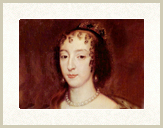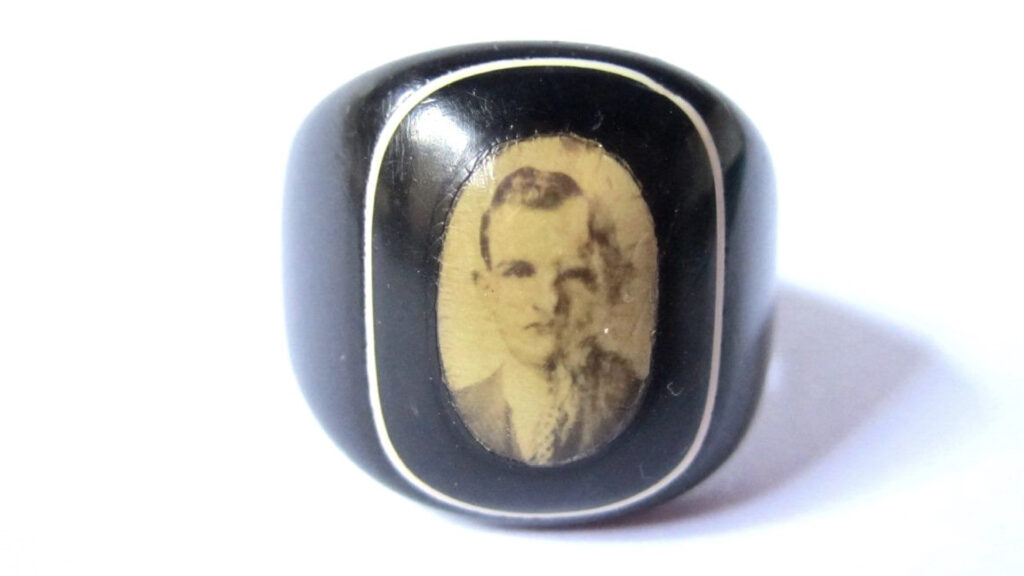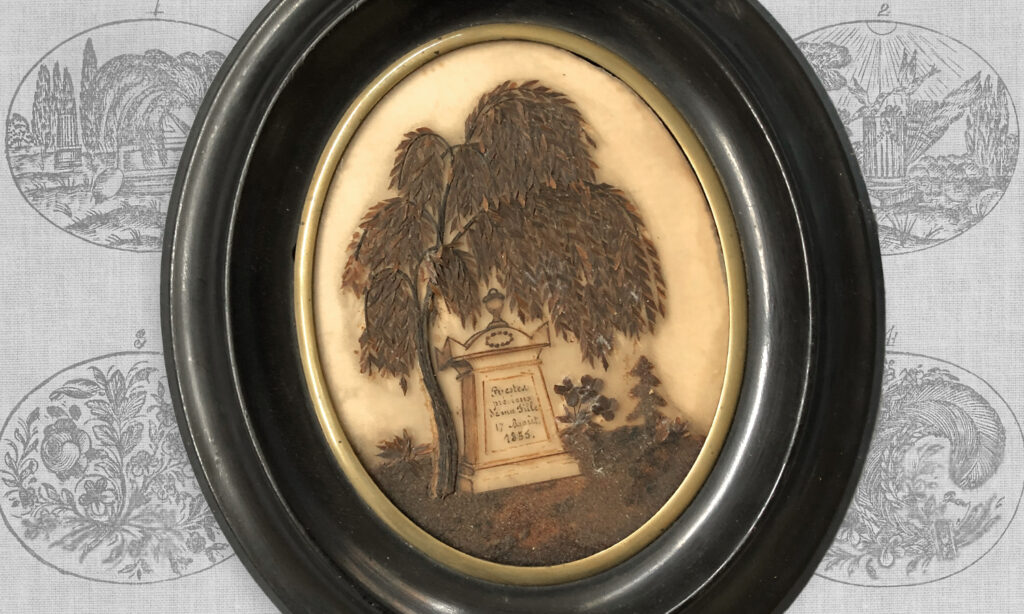A History of Hair Weaving, Part 4

Royalty at the time also propagated the hairwork custom, exemplified by Queen Henrietta Maria (1609-69) wearing a hair bracelet as a token of affection. Factors such as these laid the groundwork for the hairworking industry that was to come. As discussed by Bury, in 1685 mourning lockets “are at least £6 in the making”. This was an extravagant price for a slide or locket of the time, leading to an increased allowance for mourning jewels in wills.
Evolution of hairwork over the 18th century was rapid and on a large scale. Jewellery changed with fashion, as the two are intrinsically linked. Smaller styles of jewellery that had grown with the 17th century began to disappear and by around 1760, and new, larger forms became the standard. Hairwork over this time was becoming more affordable and a craft which ladies could do at home (though not to the extent of the 19th century). A letter from the Duchess of Portland to Miss Catherine Collingwood, written on December 1st 1735, suggests that ladies were in the habit of working the hair, leading the goldsmiths to provide the gold settings 4. Pieces made to order became more and more popular in the first half of the 18th century, with lockets (especially in the popular heart motif) containing hair becoming increasingly common. As larger jewellery with glass replaced faceted crystal, simple weaves of hair could be placed underneath, without it being a speciality craft or as expensive.
By the 1760s, hair was reintroduced in mass produced memorial medallions and lockets (in England and on the Continent), as it was mixed in with sepia and painted on to ivory. Sepia / hair painting is a typical and very popular method from the 1760s to around 1810, with many pieces being a standard style (sometimes chosen from a hairworker’s catalogue) and tailored to the individual with the appropriate name and inscription. Chopped hair also was a common feature of memorial art on ivory (sometimes vellum), with scenes / symbolism assembled with hair and glue. Hair weaving was also in high demand, with everything from brooches to miniatures holding a compartment in which to place the woven hair. Hair weaving was becoming far more intricate, with hair being entwined with pearls and gold.






